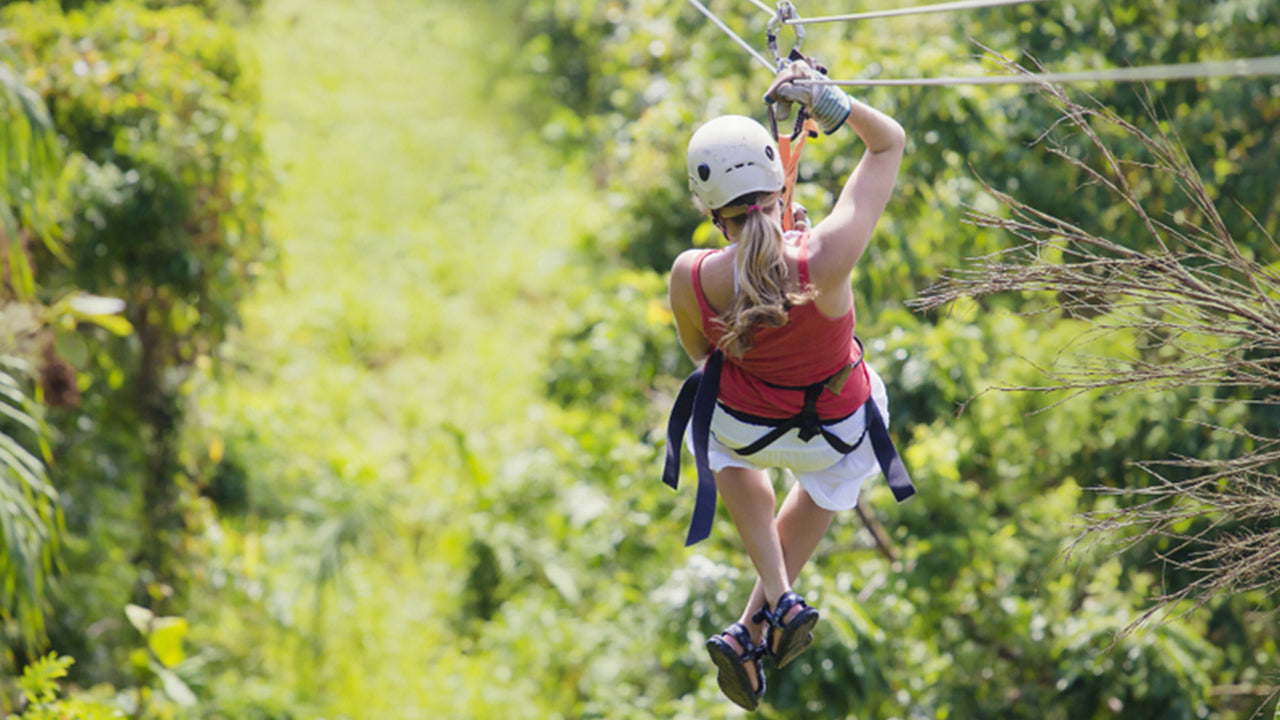
Traditional Rice
The rice cultivation has a long and parallel relationship with the country’s history and culture and Sri Lankan has practised an agriculture-based lifestyle for the past 3 millennia. According to the evidence collected through written history and archaeology, rice cultivation of the island goes back to the period of 900-600 BC.
Traditional Rice
In Sri Lanka rice has been grown as far back as 800 B. C. and it is further supported by massive irrigation structures since 390 B. C. During this period Sri Lanka was known as the granary of the East and existence of about 2000 indigenous rice varieties has been reported. Beginning of the 20th century about 567 traditional rice varieties had been documented. Those varieties had been adapted to various rice growing ecology’s in high elevation and low land rice farming systems of the country through natural evolution and unintentional selection by our ancestors.
As the traditional varieties were in mixtures due to negligence of the foreign rulers, purification process was adopted by the scientists of the Department of Agriculture in 1920s’ and pure lines were recommended for cultivation and present traditional varieties are mainly the outcome of those pure lines. Those varieties had the sufficient diversity to fit into the diverse rice growing environments and the consumer preferences. Therefore, traditional rice varieties are possessing specific adaptability rather than general adaptability.
Most of the varieties have long maturity duration of 4-6 months from seeding to harvesting. Very few varieties were with 2½ to 3½ months maturity duration. The most traditional rice varieties are red and only few are white in pericarp color. Some traditional varieties are highly photo period sensitive and they flower only when they are exposed to short days in the month of December so that they can be grown only during maha season in the country. The traditional plant architecture is very primitive having tall and weak culms which tend to lodge during cultivation. The harvest index of traditional varieties is less than 0.3 indicating that the biomass content is greater than the amount of grains produced in a plant leading to poor yield. The specific adaptability, resistance to antibiotic stresses and single resistance or susceptibility nature for some major pests and diseases are reported in traditional varieties.
The nutritional and medicinal properties of these varieties are claimed in the Sri Lankan traditional knowledge. Such properties are diverse and those include ability to improve the immune system, body strength and sexual strength, facilitate easy digestion, excretion and reducing toxins in the body, used for treating fever, diabetes, constipation, urinary problems, obesity, tuberculosis, haematemesis (vomiting of blood) and ability to treat people intoxicated with snake venom. Research conducted in recent years has scientifically validated some of these traditional claims and have clearly shown that Sri Lankan traditional rice, especially red rices possess beneficial medicinal properties in inflammation, diabetes, cancer, neurological diseases, cholesterol and oxidative stress. Thus, use and application of these valuable traditional or indigenous rice genetic resources in the country may effectively improve the nutritional and health status of people in Sri Lanka. Moreover, the huge diversity exists in traditional rice varieties demands their conservation and utilization for further improvement to fulfill the future rice requirement and may also provide solutions for the agricultural and environmental problems in the country as well as in the world. Therefore let’s preserve our treasure of naturally evolved traditional rice varieties to be used for future food and environment security.
Downloads:
-
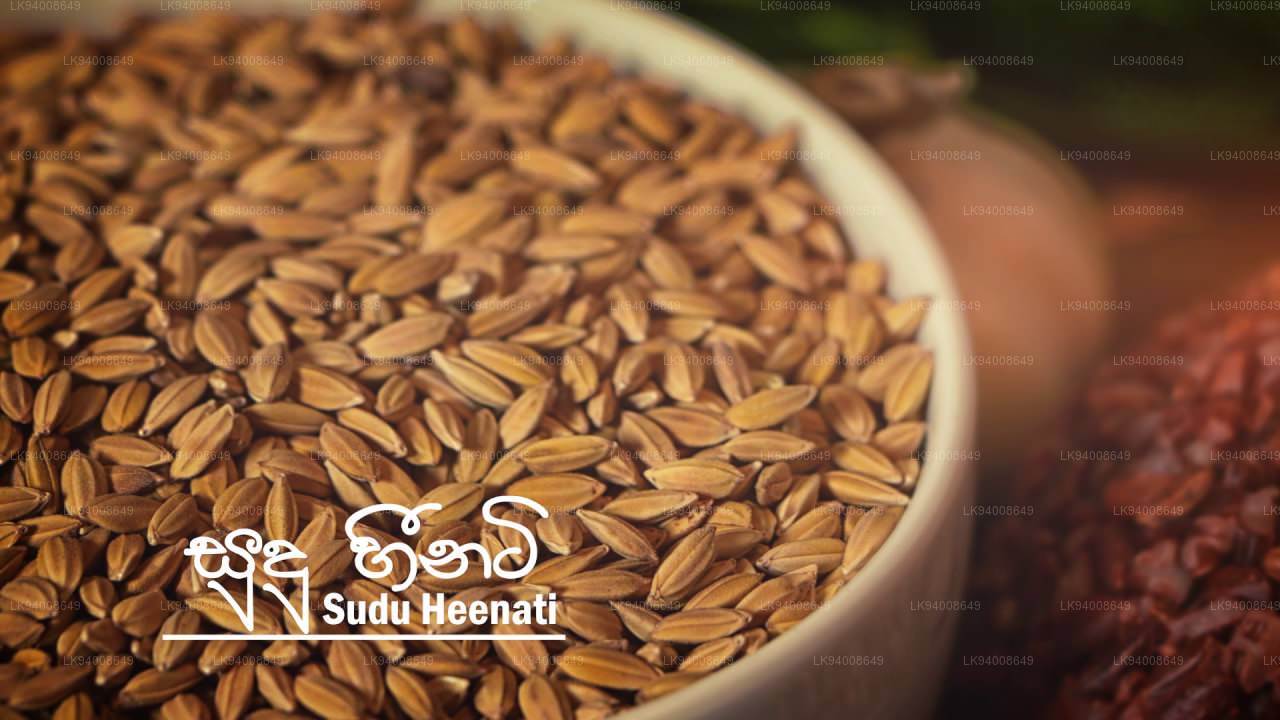 Sudu Heeneti
Sudu HeenetiA small white heirloom rice variety, Sudu Heeneti is highly nutritious, rich in antioxidants, and ideal for traditional Sri Lankan medicinal diets. It has a soft texture and mild, earthy flavor.
-
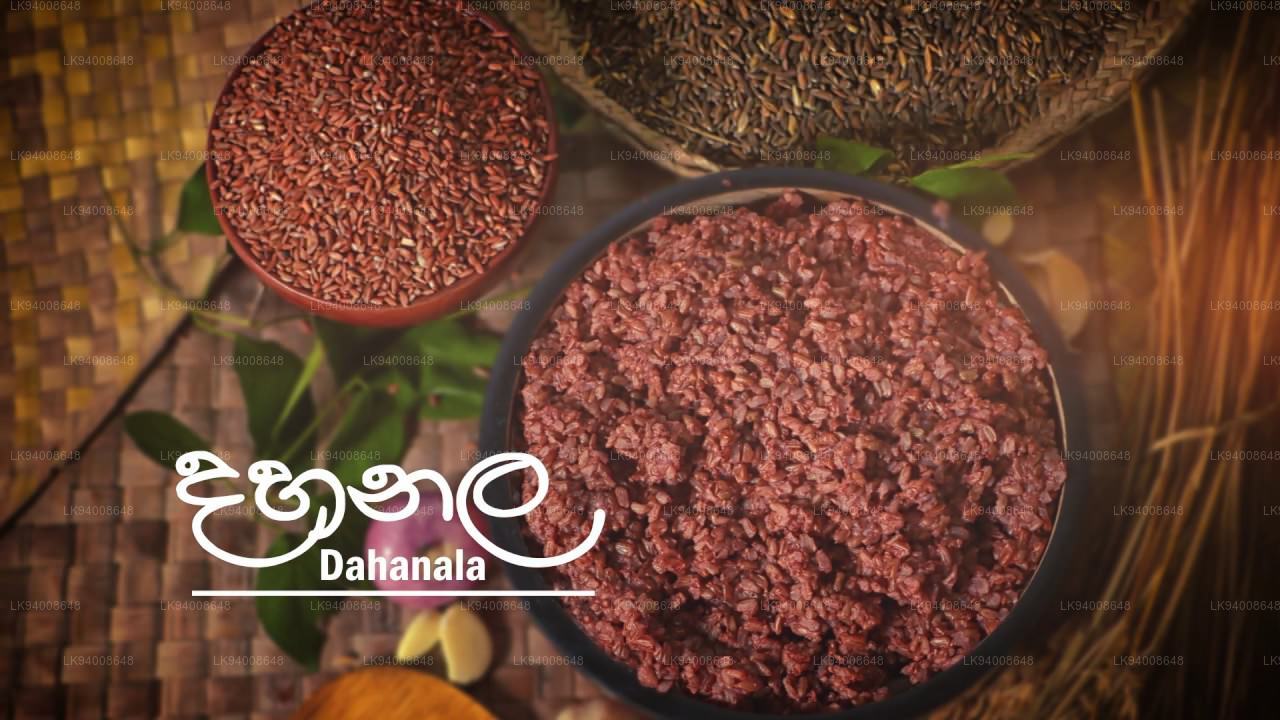 Dahanala
DahanalaDahanala is a rare, nutrient-dense traditional rice with a reddish hue. It is favored for its high fiber content and mild, sweet taste, making it perfect for porridge and healthy meals.
-
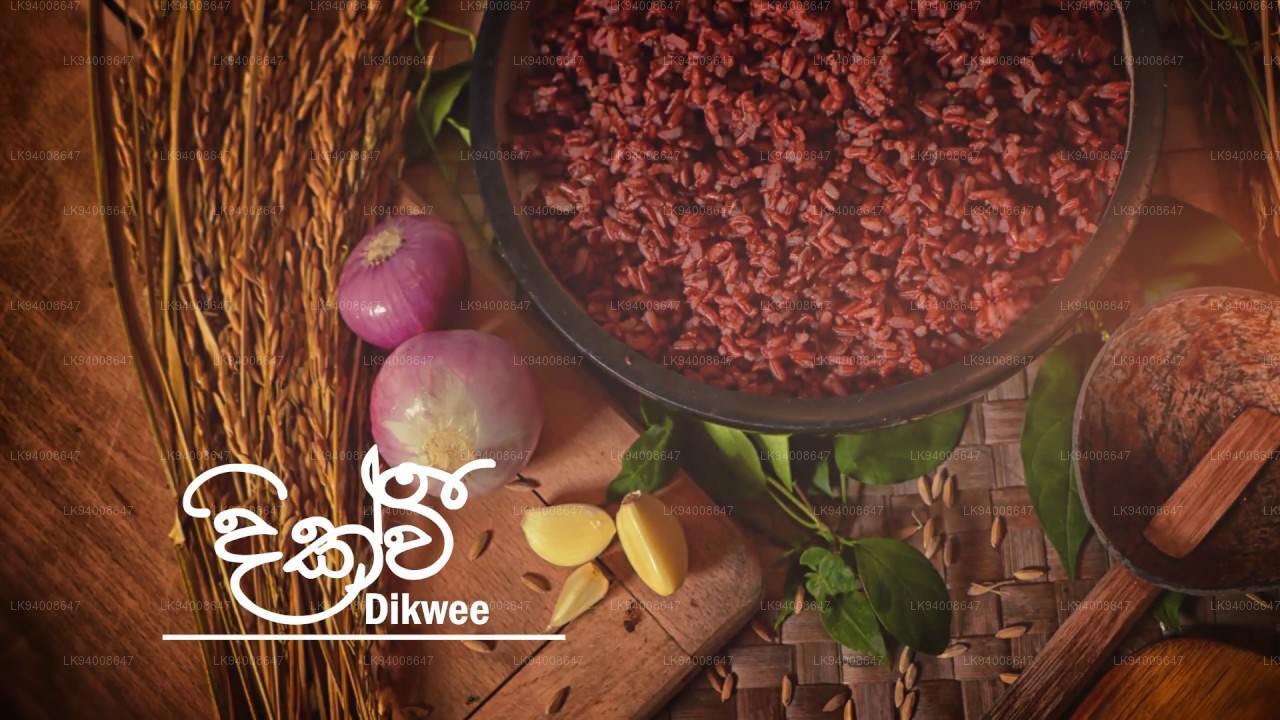 Dik Wee
Dik WeeDik Wee is a medium-grain red rice variety traditionally cultivated in Sri Lanka. The plant develops to a maximum height of 150 cm. This crop can be harvested within 4 to 4½ months from seeding.
-
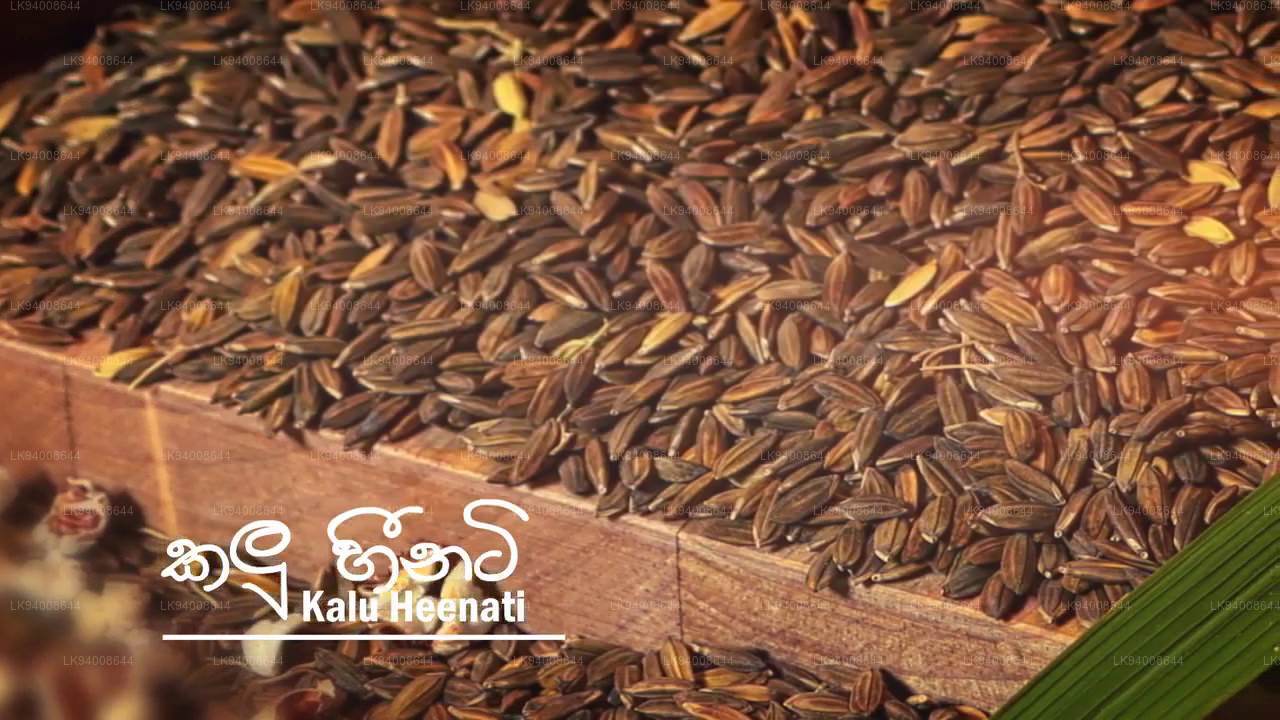 Kalu Heeneti
Kalu HeenetiThis variety of rice is named Kalu Heeneti because of the color of its lemma and palea which turn blackish at maturity. It is traditionally cultivated in Sri Lanka and produces a red medium sized grain. The plant develops to a maximum height of 120 cm.
-
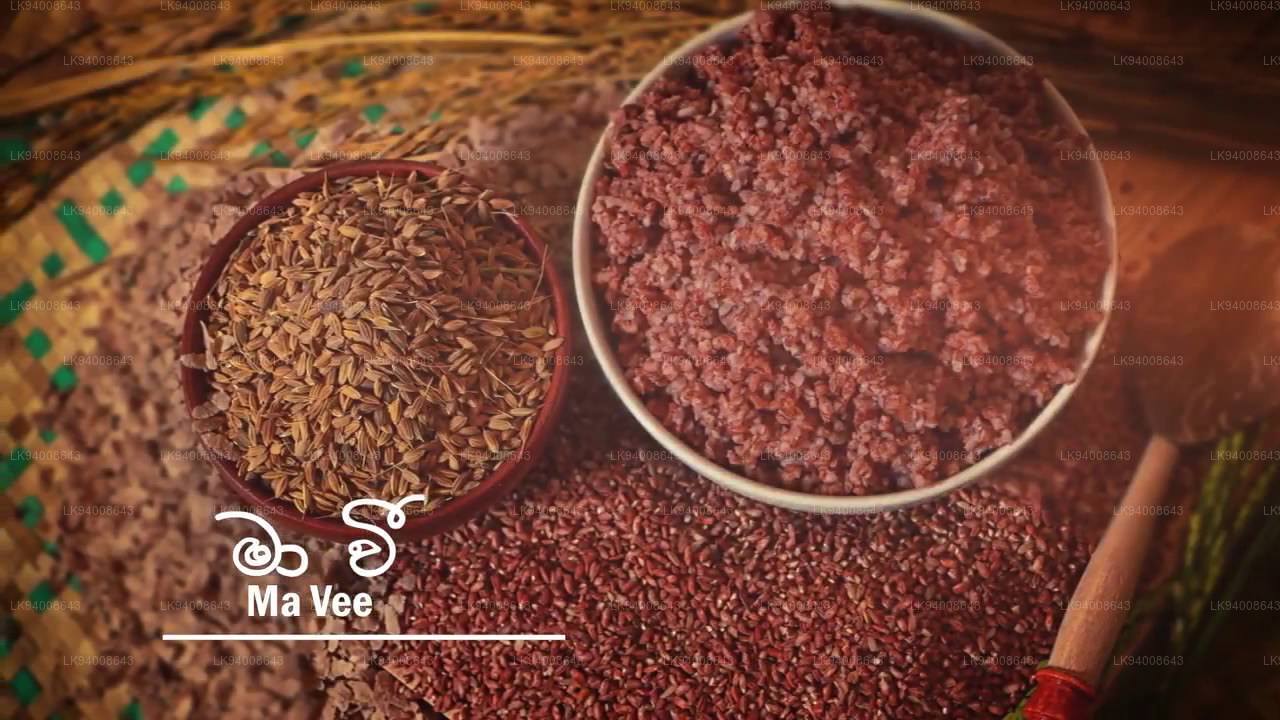 Ma Wee
Ma WeeMa Wee is a red rice variety traditionally cultivated in Sri Lanka. The grain varies in size and shape from short and round varieties to long medium sized varieties. It is one of the tallest rice plants cultivated and develops to a maximum height of 350 cm.
-
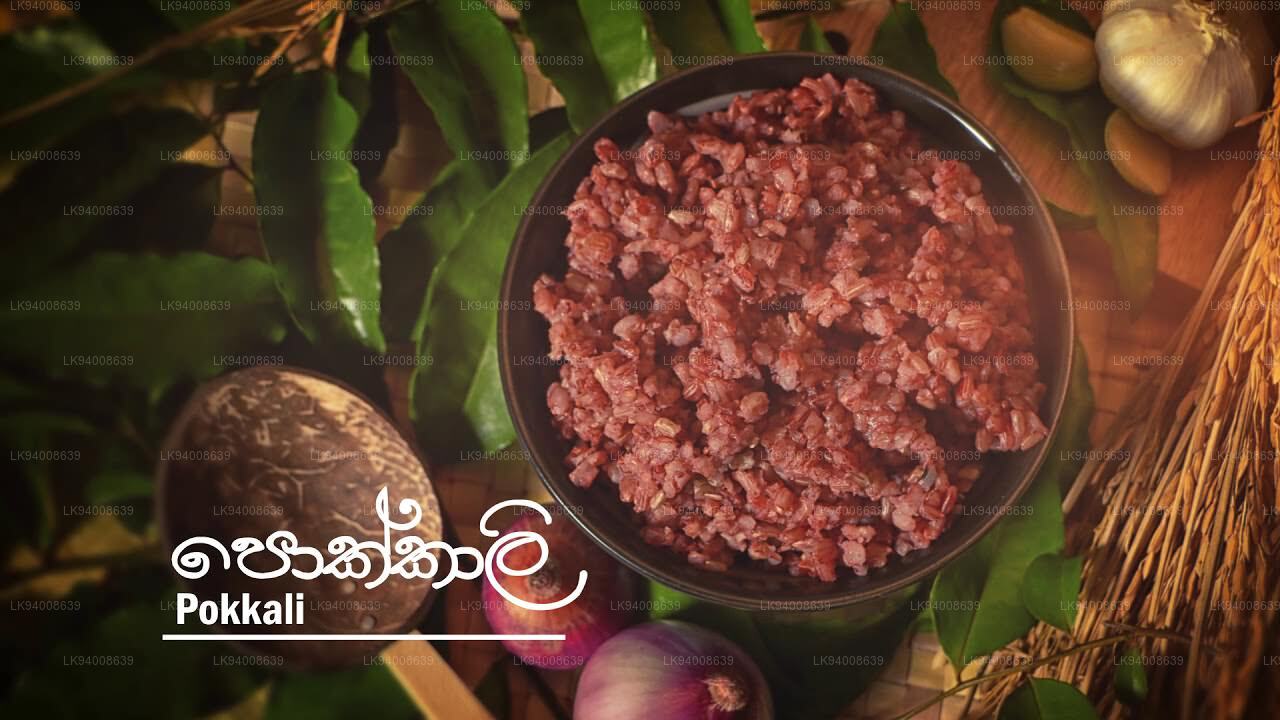 Pokkali
PokkaliPokkali is a popular red rice variety traditionally cultivated in Sri Lanka. The culm of plant is about 130 cm in height and bears about 10 tillers per plant. This crop can be harvested within 3½ months from seeding.
-
 Pachchaperumal
PachchaperumalPachchaperumal is a very popular medium-grain red rice variety traditionally cultivated in Sri Lanka. The plant develops to a maximum height of 120 cm. This crop can be harvested within 3½ months from seeding. At the stage of ripening the plant stem becomes light bluish in color.
-
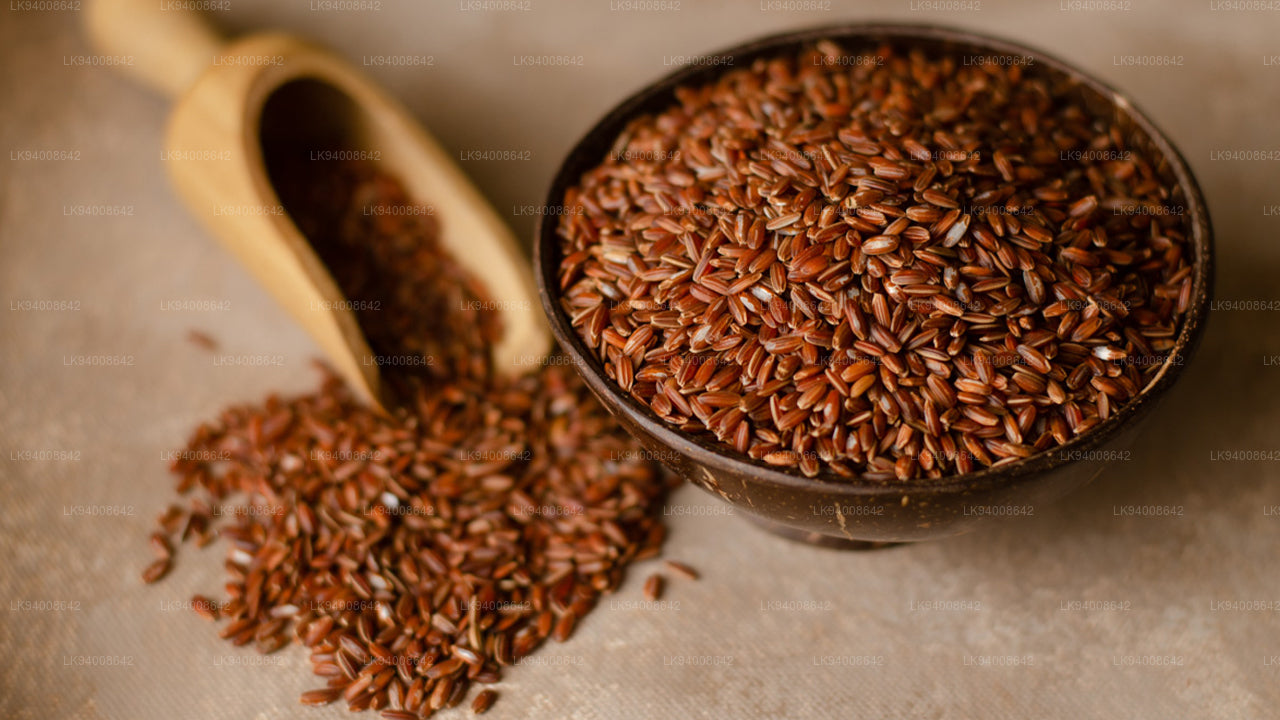 Madathawalu
MadathawaluMadathawalu is a very popular short-grain red rice variety traditionally cultivated in Sri Lanka. The plant develops to a maximum height of 130 cm. This crop can be harvested within 4 months from seeding.
-
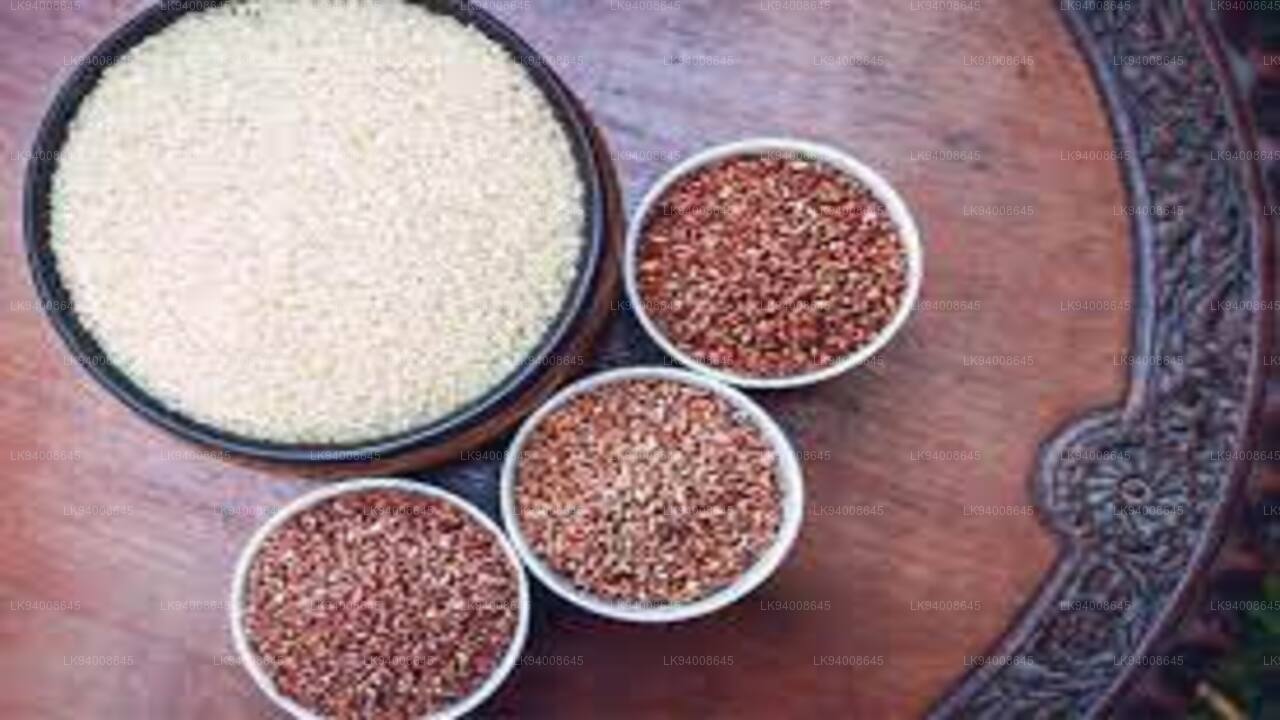 Gonabaru
GonabaruGonabaru is a popular medium-grain rice variety traditionally cultivated in Sri Lanka. The plant develops to a maximum height of 140 cm. This crop can be harvested within 5 months from seeding.
-
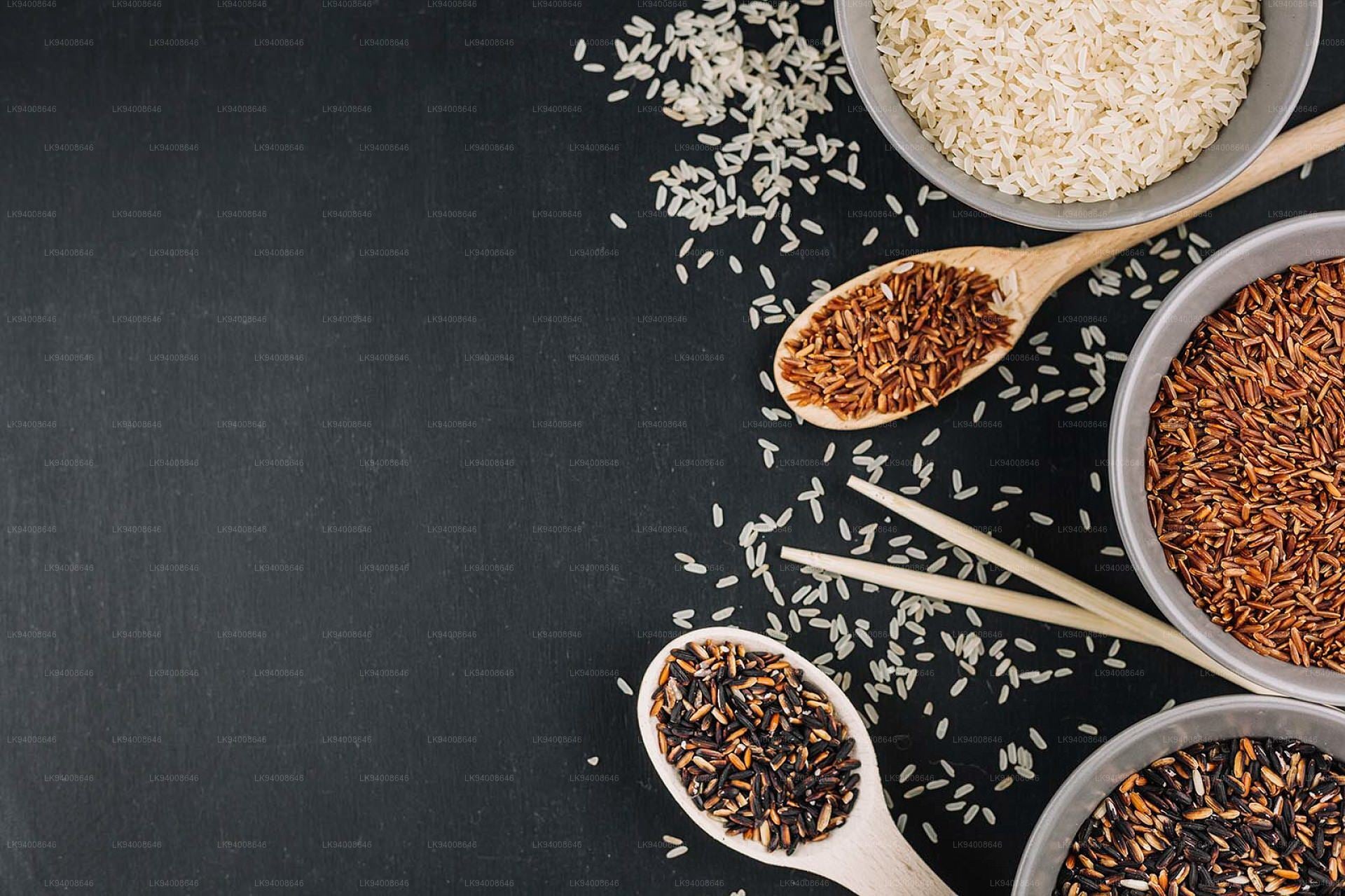 Goda Heeneti
Goda HeenetiGodaheeneti is a popular medium-grain red rice variety traditionally cultivated in Sri Lanka, which belongs to the heeneti type. The plant develops to a maximum height of 160 cm. This crop can be harvested within 3½ months from seeding.
-
 Rath Suwandal
Rath SuwandalRathsuwandal is a popular medium-grain red rice variety traditionally cultivated in Sri Lanka. The plant develops to a maximum height of 120 cm. This crop can be harvested within 3½ months from seeding.















